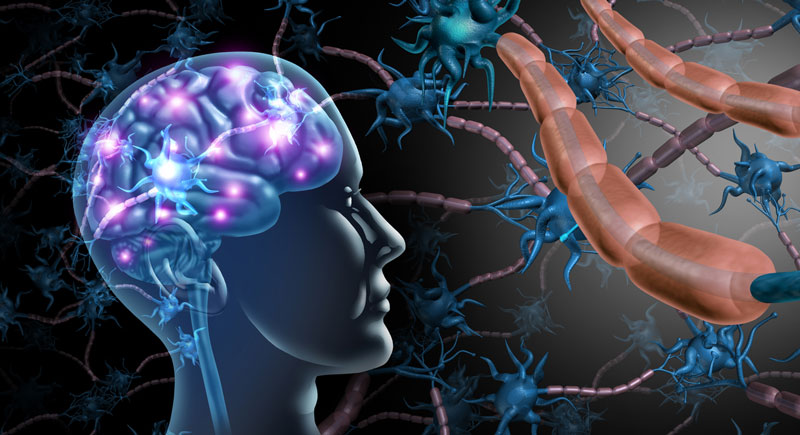Multiple Sclerosis often affects people in their mid-20s or 30s. However, the symptoms of Late-onset Multiple Sclerosis (MS) often occur after the age of 50. The way this disease manifest is different from what one would expect with adult-onset MS.
What is Multiple Sclerosis (MS)?
Multiple Sclerosis is a chronic degenerative disease of the central nervous system affecting the brain, spinal cord, and optic nerve. While it normally affects young adults, the impact of disability can be felt across a relatively long lifespan.
In MS, your immune system attacks the myelin sheath that protects the nerve fibers in the brain, spinal cord and optic nerve causing scarring. As the myelin sheath becomes inflamed and is gradually destroyed it stops the communication between your brain and your body.
Thus, this could lead to symptoms and disability often recognized with MS.
While it is not known what turns-on the immune system response, it is believed that people with inherited disability are highly susceptible to the disease when exposed to one or more triggers including stress, smoking, or vitamin D deficiency.
Diagnostic Challenges in Seniors
According to a study, only about 3 to 4 percent of people above the age of 50 are diagnosed with MS. However, it is harder to diagnose MS in seniors for a variety of reasons. One of the biggest reasons is that MS in seniors has not been studied as much as in the younger generation.
Because of this, doctors who are more familiar with adult-onset MS often miss the late-onset of MS. Sometimes, the signs of MS in older adults are confused with the normal signs of aging. These include vision change, fatigue, cognitive impairment, and balance problem.
If proper steps are not taken to explore this immune-mediated disease, some diagnostic tests may be incorrectly interpreted.
In late-onset MS, some symptoms can easily mimic other disorders. These disorders include:
- Dementia
- Stroke
- Lou Gehrig’s disease
- Parkinson’s disease
- Major depression disorder
Delayed diagnosis and treatment are one of the major reasons why seniors with late-onset MS are far worse.
Late-Onset MS Progression
The initial symptoms of late-onset MS develop after a person reaches his 50s, but the physical disability and loss of motor function can be experienced faster and more frequently.
According to some studies, it was proved that motor impairment is far more common in seniors suffering from MS. Moreover, as compared to young adults, older adults tend to have a severe progressive form of MS.
Common Symptoms of MS
Some common early symptoms of Multiple Sclerosis include:
- Bladder dysfunction
- Anxiety
- Dizziness
- Problem with thinking and memory
- Depression
- Vertigo
- Muscle spasticity
- Sleep problem
- Spinal cord lesions
Lesser Known Symptoms
Some uncommon symptoms experienced by seniors include:
- Difficulty moving arms
- Diminished sense of taste
- Breathing problems
- Hypersensitivity to touch
- Difficulty reading facial expression
- Altered sensations
It is yet not entirely clear how late-onset MS differs from adult-onset MS. However, a prompt and correct diagnosis is important in late-onset MS as it is with adult-onset MS. If you feel your parents are experiencing one or more of the above-listed symptoms, make sure to get in touch with Utah Doctors At Home for in home health care services. We offer the best home care for elderly in their own homes.

